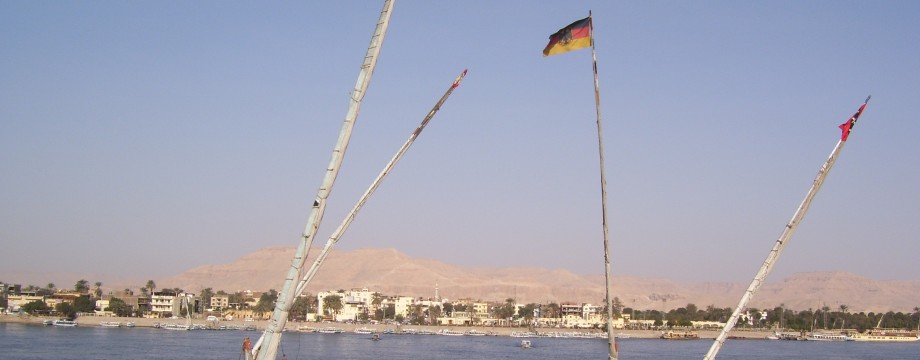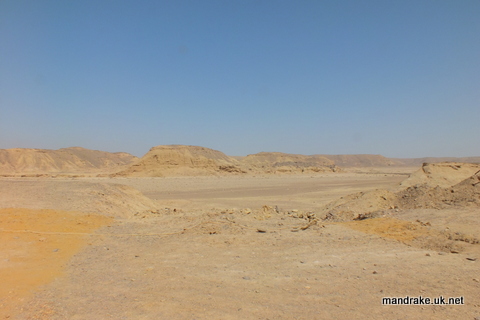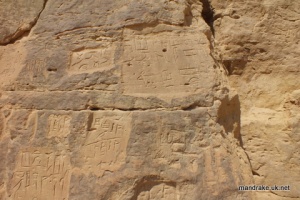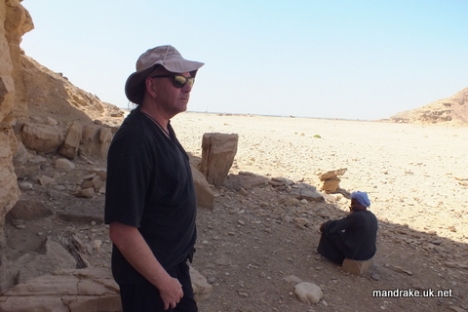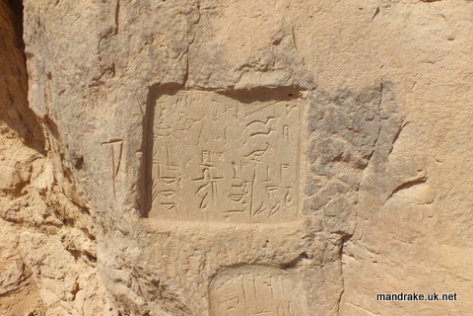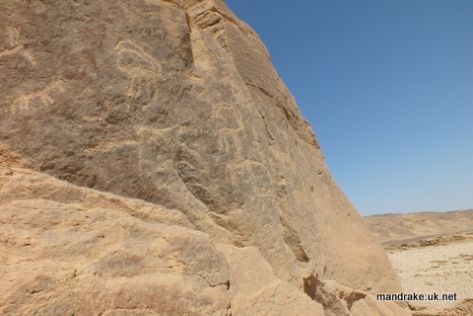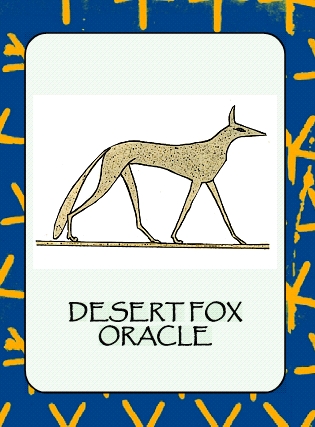The discoveries at ElKab are concentrated at the mouth of Wadi Hilal. The ancient flood waters excavated this channel between the Nile and the Red sea at Quseer. These waters must have been mighty and sustained. Only two small outcrops of very hard rock or bergs remain.
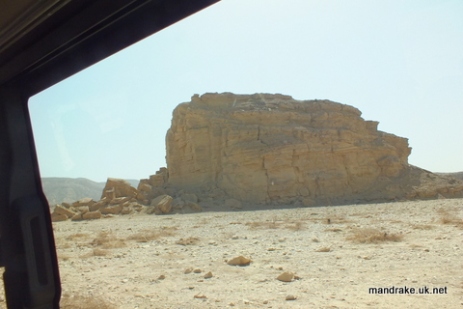
This is “Rock of the Vultures” which we must consider the original and source of the whole area’s association with Nekhbet, the ancient vulture goddess, who is titular goddess of upper Egypt, the Nile valley and this magical desert spur.
Over 600 small votive inscriptions are documented here – some prehistoric, some Islamic but a great many from very early Egyptian old kingdom, principally the sixth dynasty. They are short biographies of the priests of the goddess Nekhbet.
The modern discoverers of these texts wondered where were the resting places of these people might be. It was not long after this that the massive rock necropolis and other ancient cemeteries were located nearby in the cliffs that flank the wadi.
The author Morgan taking a rest in the shade, “Rock of the Vultures”
There are hundreds of votive inscription on the rock, from prehistoric to pharaonic in cursive hieroglyphs even Arabic.
The sun makes this hard rock berg a black surface which can be pecked away to leave these prehistoric designs, gazelles, cows, and canids. There are symbolic boats identical to those found in the ancient tombs nearby included the famous painted tomb at Hieronkonpolis.
